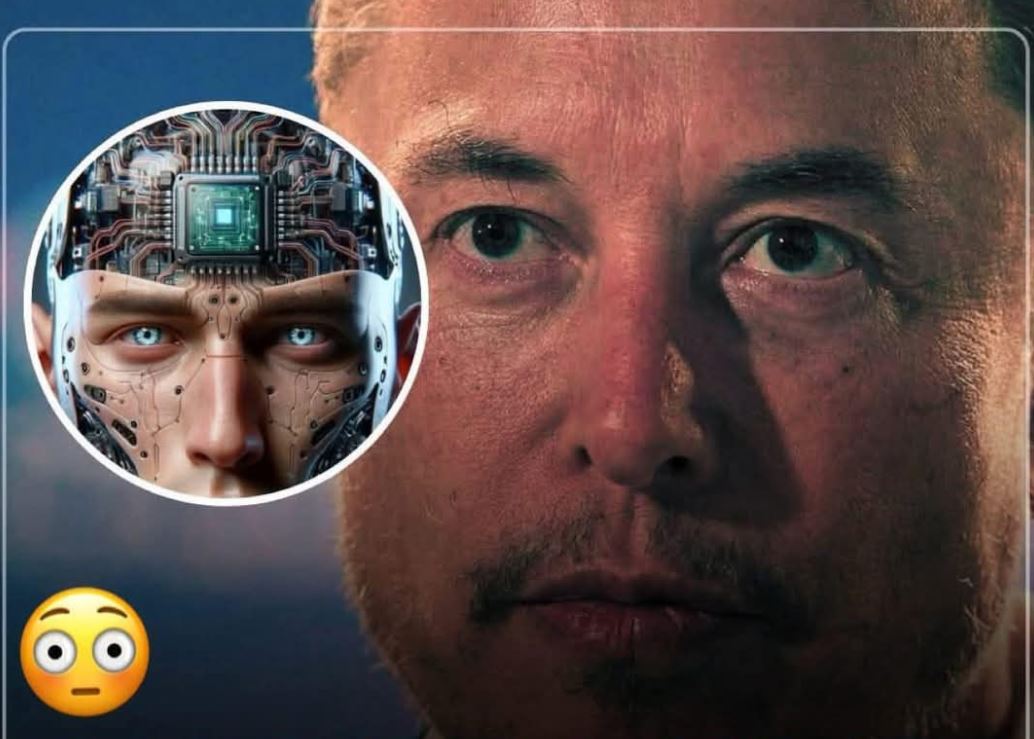Elon Musk, the visionary entrepreneur behind Neuralink, has made a bold prediction about the future of brain-computer interfaces. He believes that within the next 20 years, hundreds of millions of people could have Neuralink chips implanted, transforming the way humans interact with technology. This claim follows Neuralink’s breakthrough in 2024, when the company successfully implanted its first medical chips in human patients.
Musk expressed his optimism on X, stating, “If everything goes according to plan, we’ll see hundreds of Neuralink users in just a few years, possibly tens of thousands in five years, and millions in ten years.” While his forecast is ambitious, it raises the question: is this vision already beginning to take shape?
Musk attributes this potential shift to the rapid advancements in artificial intelligence and humanity’s growing need to keep pace with it. The ability to merge human cognition with AI through brain chips, he argues, could bridge the gap between humans and machines.
Elon Musk: Hundreds of millions of people could have Neuralinks in the future.
Lex Fridman: “Do you think there will be a world in the next couple of decades where hundreds of millions of people have Neuralinks?”
Elon: “Yeah, I do. If it's extremely safe, and you can have… pic.twitter.com/PN7suBzMpn
— ELON CLIPS (@ElonClipsX) January 12, 2025
One of Neuralink’s early patients, Noland Arbaugh, underwent surgery in January 2024 to have the chip implanted in his brain. Arbaugh, paralyzed from the shoulders down after a car accident, became a symbol of the technology’s promise. The Neuralink chip, smaller than a coin and featuring 64 flexible threads thinner than a human hair, allowed him to perform tasks such as playing chess and video games without moving a muscle. He described the experience as akin to using “Force powers” from Star Wars.
Despite some early challenges with Arbaugh’s performance declining, Neuralink’s team adjusted their algorithm, restoring his capabilities within a month. Another patient, known as Alex, has also demonstrated the chip’s potential by successfully designing 3D objects and playing video games using computer-aided design (CAD) software.
https://x.com/apoorv03/status/1867317186567844309
To improve the surgery and minimize risks, Neuralink has implemented measures to reduce brain movement during the procedure and ensure the chip remains securely in place. These advancements are critical steps toward creating a high-performance interface for individuals with quadriplegia, enabling them to regain independence and better control digital devices.
Musk envisions a future where chip recipients not only regain lost abilities but surpass the capabilities of professional gamers within two years. He believes these advancements will also accelerate brain functionality, enabling humans to process information more quickly and efficiently.
To illustrate the connection between humans and computers, Musk compared the current state to a plant that struggles to communicate its needs. He emphasized the importance of increasing brain signal transmission speeds by several orders of magnitude to strengthen this link and make interactions seamless.
Neuralink’s ultimate goal is to empower individuals with disabilities while paving the way for a future where humans can merge with technology to achieve unprecedented capabilities. As Musk’s vision unfolds, the possibilities of brain-computer interfaces continue to captivate the imagination.


